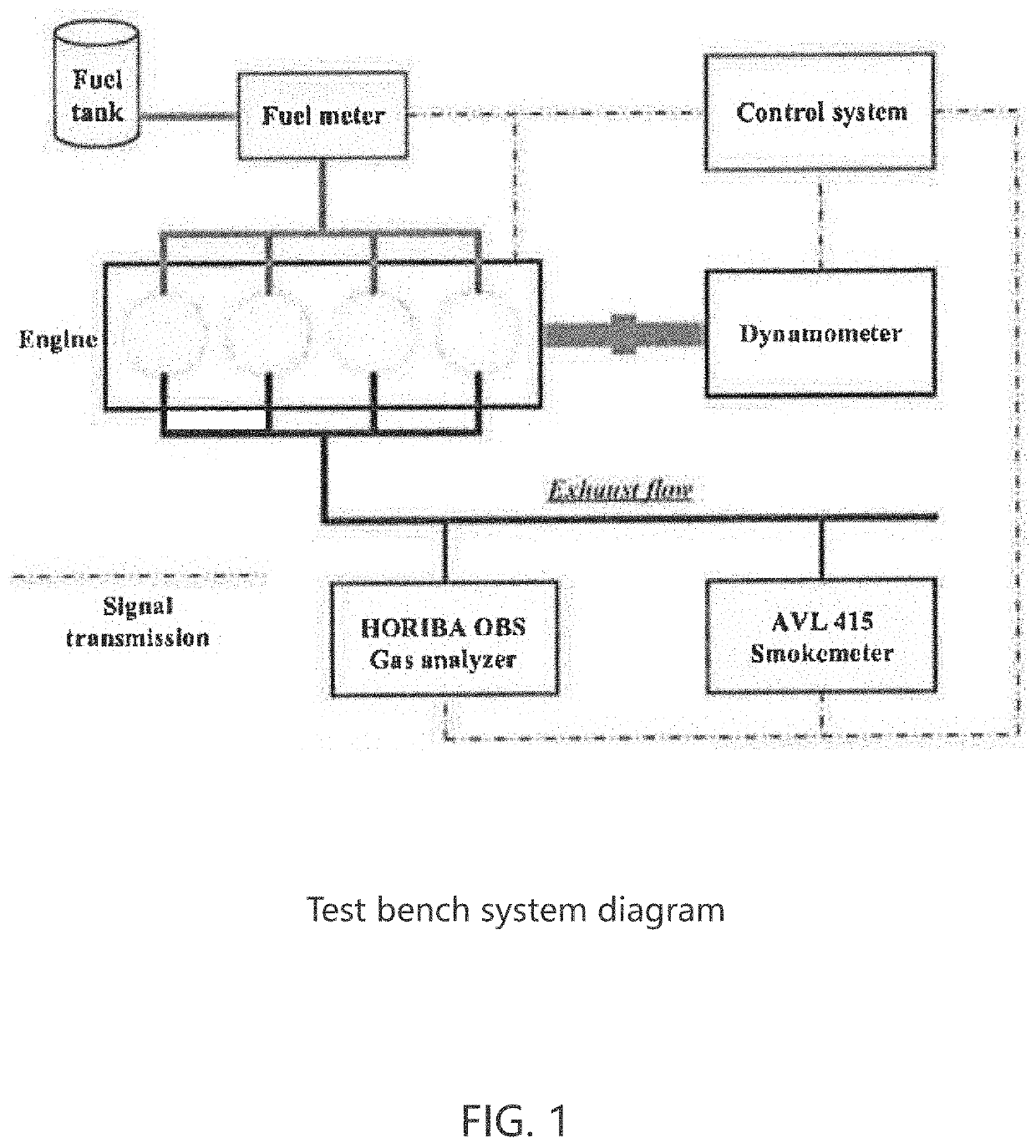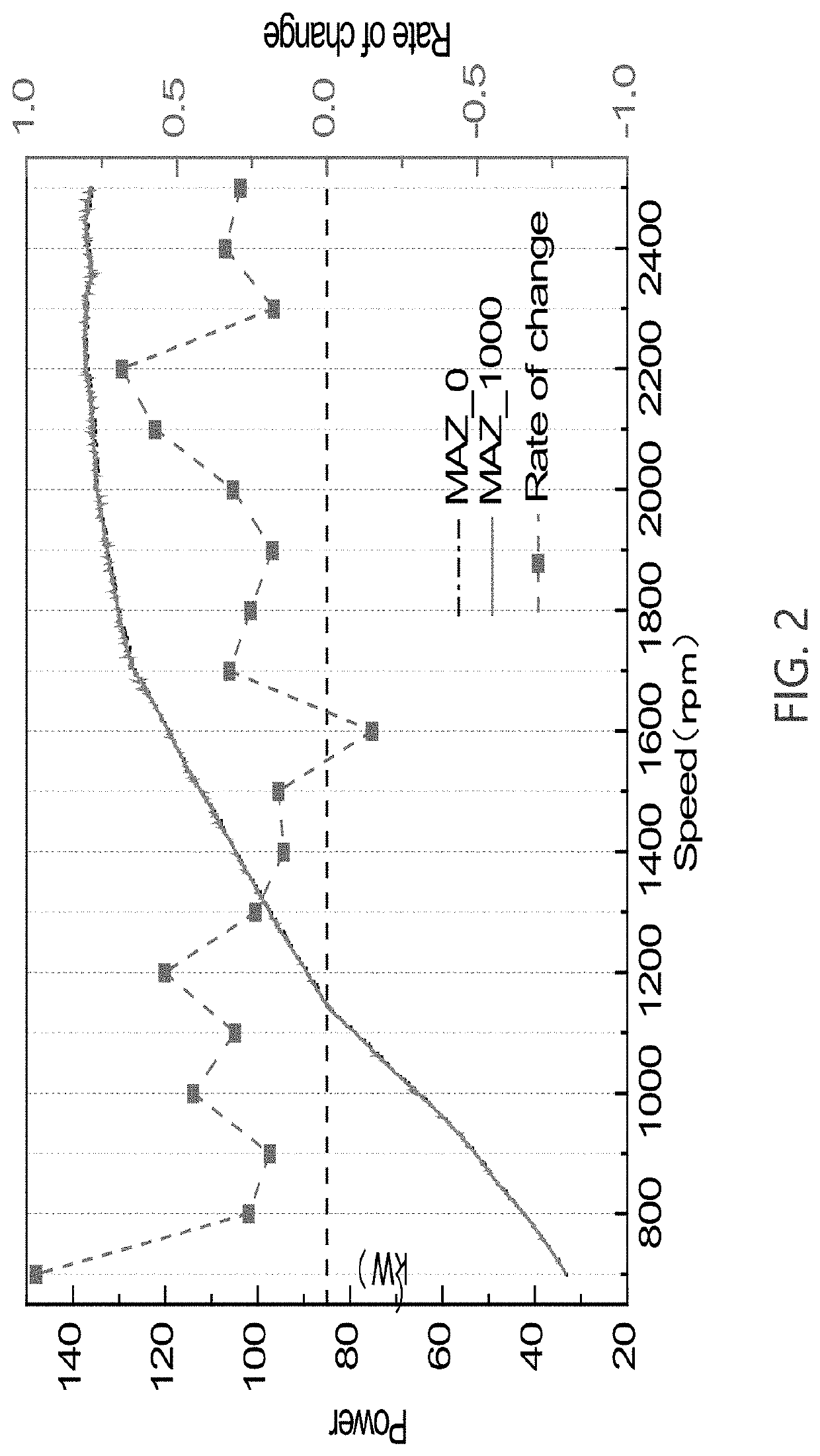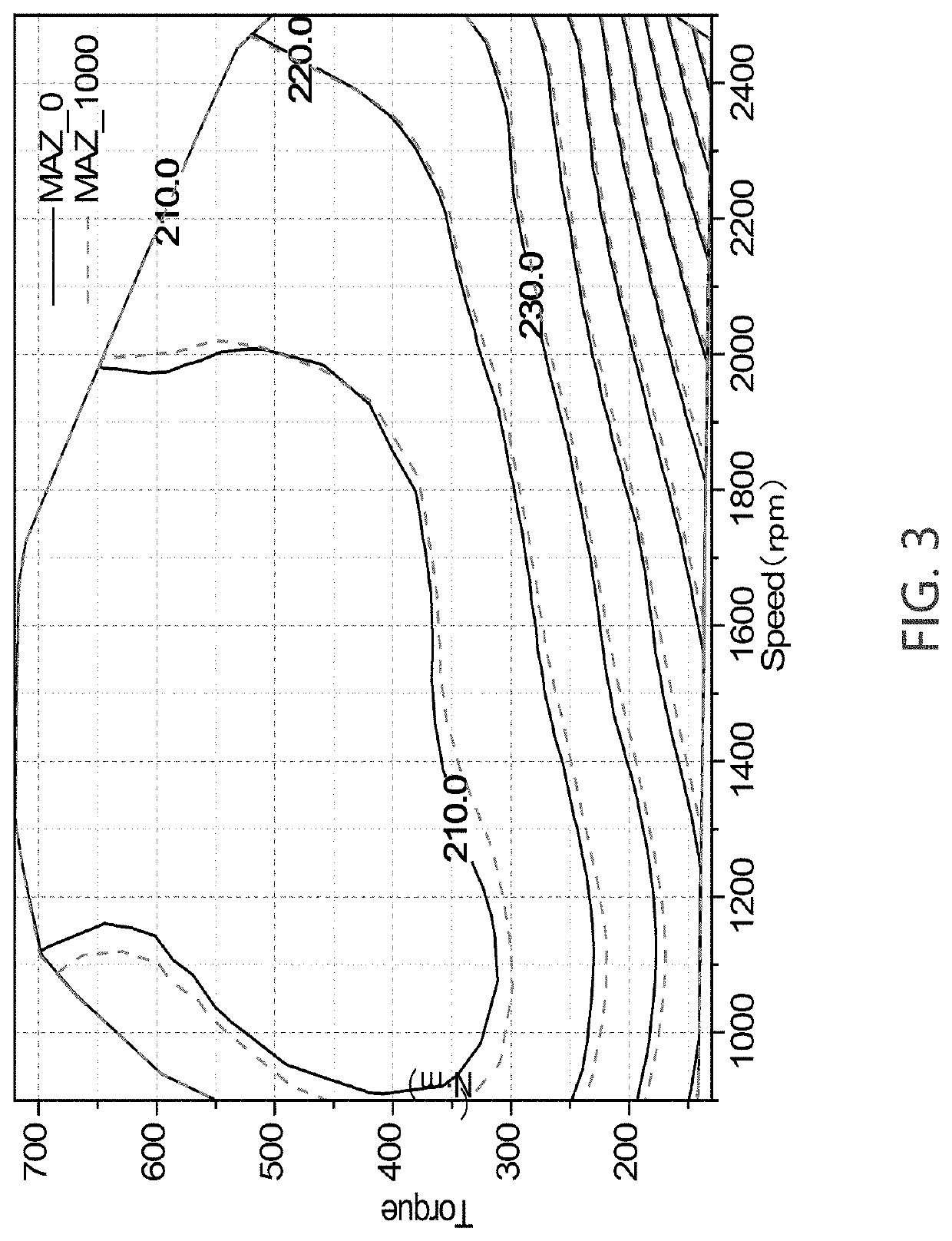Additive formulation and method of using same
a technology of additive formulation and additive, which is applied in the direction of fuel additive, liquid carbonaceous fuel, fuel, etc., can solve the problems of not performing substantially better, ethanol-based fuel formulations have not delivered the desired combination of increased performance, environmental safety, and reduced emissions, so as to improve performance, reduce emissions, and improve performance
- Summary
- Abstract
- Description
- Claims
- Application Information
AI Technical Summary
Problems solved by technology
Method used
Image
Examples
example 1
[0092]Diesel Engine Performance / Emission.
[0093]As an embodiment of the present disclosure, Applicant developed a novel #2 ULSD (Ultra Low Sulfur #2 Pump diesel) fuel additive that would reduce, or at least not increase emissions, while providing improved fuel economy. The testing was performed at Princeton Polymer Laboratories, Union, N.J. Applicant formulated several prototypes, which were screen tested for emissions and fuel economy against ULSD. Formula (F MAZ), (F MAZ / X) and (F MAZ / Y) were tested, where “X” refers to the formula containing 2,4-dinitrotoluene and “Y” refers to the formula containing azobisisobutyronitrile.
[0094]The performance of these prototypes was compared to a baseline of Shell pump ULSD (SULSD) and sub-baselines of SULSD treated with the known MAZ formulation comprising a third party proprietary ester formulation (Formulation L1699) (disclosed in U.S. Pat. Nos. 6,319,294 and 7,491,249, both assigned to the current Applicant, herein incorporated by reference ...
example 2
[0116]Diesel Emission Reduction (Particulate Matter Reduction).
[0117]Study on Engine bench-test of efficient fuel additives in gasoline. The “MAZ 1000” additive comprises F MAZ at a final concentration of 1000 ppm. It is shown that using the F MAZ formulation in gasoline reduces particulate matter (PM) in gasoline emissions. Engine parameters are shown in Table 6.
[0118]
TABLE 6Displacement5.9 litersCylindersL6Emission StandardChina V / Euro VMaximum output power132 kW / 180 PsRated speed2,500 rpmMaximum torque700 NmBore × Stroke102 × 120 mm
[0119]Test equipment comprised: AVL Electric Dynamometer (power range 500 kW; AMA i60 / SESAM i60 (conventional / unconventional emission analysis); AVL439 (smoke detection); AVL SPC472 / 489 (emission detection PM / PN); AVL ACS Intake Air Conditioner 735 Transient Fuel Consumption Meter; and an AVL 553 Cooling water / Inter-cooling Control.
[0120]The reference standard is GB17691-2005 “Limits and measurement methods for exhaust pollutants from compression ignit...
PUM
| Property | Measurement | Unit |
|---|---|---|
| weight percent | aaaaa | aaaaa |
| weight percent | aaaaa | aaaaa |
| weight percent | aaaaa | aaaaa |
Abstract
Description
Claims
Application Information
 Login to view more
Login to view more - R&D Engineer
- R&D Manager
- IP Professional
- Industry Leading Data Capabilities
- Powerful AI technology
- Patent DNA Extraction
Browse by: Latest US Patents, China's latest patents, Technical Efficacy Thesaurus, Application Domain, Technology Topic.
© 2024 PatSnap. All rights reserved.Legal|Privacy policy|Modern Slavery Act Transparency Statement|Sitemap



